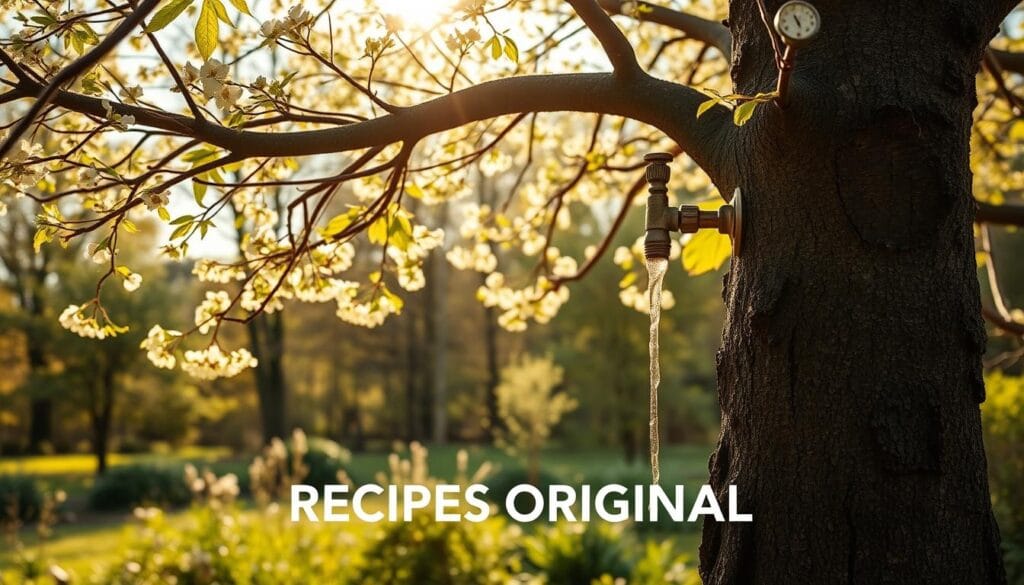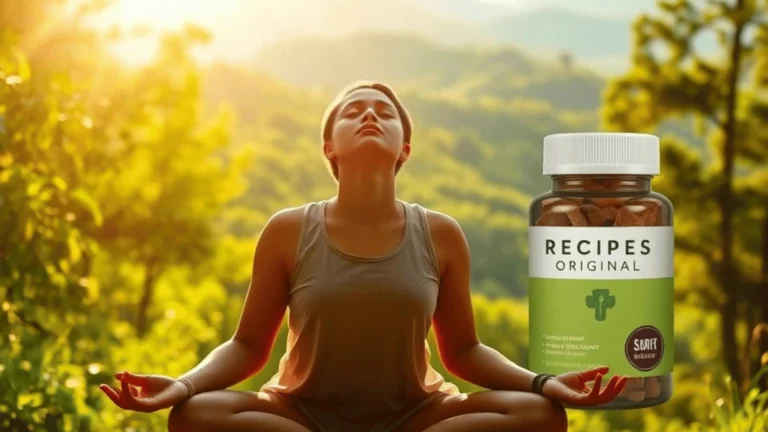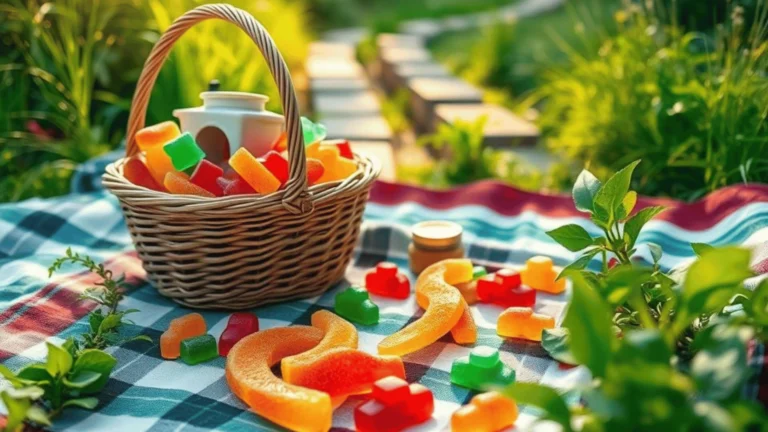From Syrup to Snacks: The Many Uses of Maple Trees! 🌳🍯

“In nature, nothing is perfect and everything is perfect. Trees can be contorted, bent in weird ways, and they’re still beautiful.” – Alice Walker. Indeed, the maple tree is a marvel of nature. Its imperfections are the roots of its many perfections. From syrup making to the products its sap provides, it shows nature’s ingenuity and human innovation.
The essence of maple trees is more than just beauty. Each tree species is key in sap production, adding unique flavors and qualities. The process connects us to natural sweetness, a gift from the maple tree. We’ll explore the delights and intricacies these trees offer, beyond the syrup.
Seemingly ordinary, yet incredibly generous, the maple tree is worth a closer look. We’ll discover its virtues, from sap to leaves. Let’s explore the vast spectrum of uses this arboreal treasure holds.
Table of Contents
Key Takeaways
- Uncovering the versatility and sweetness of maple syrup making.
- Understanding the vital role of different maple tree species in syrup and snack production.
- Discovering the natural benefits and applications of sap production.
- Appreciating the profound beauty and utility of maple trees in nature.
- Exploring the many uses that elevate the maple tree to a mainstay in culinary and cultural practices.
- Grasping the ecological significance of maple trees beyond their well-known syrup contributions.
Unlocking the Secrets of Maple Syrup: A Sweet Journey from Tree to Table
Turning sap from a maple tree into syrup is both an art and a science. It starts with carefully extracting sap. This is done using old techniques that keep the maple tree healthy and strong.
Tapping into the Sap: How It’s Done
In early spring, the sap starts flowing when day and night temperatures change. This is the best time to tap the tree. A small hole is drilled into the trunk, and a spout is inserted. Sap drips out slowly, collected in buckets or through tubing.

Syrup Secrets: The Boiling Process You Didn’t Know About
After collecting, the sap is boiled to make it sweeter. This is a key step in syrup making. The sap is heated in a large evaporator, leaving behind thick, sweet syrup.
Unlocking the Secrets of Maple Syrup Grading: Classifications Explained
Syrup grading is about quality, flavor, and color. The syrup is filtered and graded right after boiling. Grades include Golden, Amber, and Dark, each with its flavor for different uses.
In the syrup market, prices vary. Premium syrups like Vermont Farmhouse Maple Syrup are highly valued. They have a rich flavor, perfect for sweet and savory dishes1.
To discover more gourmet treats, check out this guide on crafting Knafeh-inspired Pistachio Chocolate. It’s a delicacy from Dubai’s famous chocolatiers.
Tasty Maple Treasures: Discover Unique Products You’ll Love!
As the leaves turn, fall is here. It’s a great time to try maple tree products, not just syrup. Maple trees add color and offer tasty treats for those who love sweets and health.

Maple Sugar: A Natural Sweetener
Maple sugar is made from syrup. It’s a better sugar choice because it keeps the syrup’s good stuff. It’s sweet and has a caramel taste, making food taste better naturally.
Maple Candy and Confections
Maple candy is a special treat. It tastes like concentrated syrup and comes in fun shapes. It’s a unique candy that’s different from others.
Maple-Flavored Drinks and Beverages
Maple flavor is in drinks too. From coffee to liqueurs, maple adds a special taste. In the fall, maple coffee is warm and cozy.
Enjoy New Hampshire’s fall colors with maple treats. Try maple sugar in coffee, maple candy, or maple drinks. Each one is a special way to enjoy maple’s flavor2.
Transform Your Garden with Stunning Maple Trees! 🍁🌳
Adding maple trees to your garden boosts its look and adds to local wildlife. These deciduous trees bring life to your garden all year. It’s important to pick the right maple tree for your garden.
Japanese Maple trees are great for small gardens, growing 10 to 15 feet tall. They do well in USDA Growing Zones 5 to 834. Sugar Maple trees, growing 40 to 120 feet tall, are perfect for bigger spaces in Zones 3 to 834.

The Ginkgo Biloba tree is a standout, with fan-shaped leaves, growing in Zones 4 to 934. Black Gum and American Sweetgum trees can grow up to 100 feet tall. They thrive in Zones 3 to 934, offering stunning fall colors.
| Tree Type | Height Range (feet) | USDA Zone | Color Variation in Fall |
|---|---|---|---|
| Purple-Leaf Sand Cherry | 2 to 8 feet | 2 to 8 | Reddish-purple to greenish-bronze |
| White Oak | 60 to 100 feet | 3 to 9 | Dark green to reddish-brown |
| Beech | 20 to 80 feet | 3 to 9 | Golden-bronze |
| Dogwood | up to 25 feet | 5 to 9 | Orange to reddish-purple |
Adding maple trees to your garden is more than just making it look good. It also helps local wildlife and keeps the soil stable. With the right maple tree, your garden becomes a haven for both humans and animals. It’s all about enhancing your garden’s beauty and supporting nature.
The Role of Maple Trees in Fall Foliage Displays
As summer fades into autumn, maple trees take center stage. Their vibrant colors attract many to see their beauty. The change in maple leaves is not just pretty but also a biological wonder.
Why Maple Leaves Change Color
The color change in maple leaves is mainly due to the breakdown of chlorophyll. This happens as daylight gets shorter and it gets cooler. This lets other pigments like carotenoids and anthocyanins show their colors, turning leaves yellow, orange, and red.
Best Maple Species for Vibrant Fall Colors
The sugar maple and red maple stand out for their fall colors. The sugar maple shows off orange and red, while the red maple turns deep red. These trees add beauty to forests and help wildlife by providing food and shelter.
Fall foliage is a rare treat, making it a big event for many. To see it at its best, visit places known for their colors during peak season. National parks and forests with many maple trees are great spots.
For more on how natural disasters like Hurricane Helene affect us, check out this article5.
Learning about maple trees and their color change can deepen our appreciation. Whether you love nature or trees, maple trees’ role in fall scenery is vital. They remind us of the importance of preserving these trees.
Your Ultimate Guide to Maple Tree Care! 🌿✨
Caring for maple trees is both an art and a science. With the right planting of maple trees and maple tree care, these trees can thrive. They add beauty and shade to your landscape. This guide covers essential care tips, from choosing the right species to maintaining your trees.
Common Maple Species and Their Characteristics
Knowing the different maple tree types is key to good tree care. Sugar Maples and Silver Maples are among the most popular. Sugar Maples have stunning fall colors and are great for syrup. Silver Maples grow fast and adapt well to many soils but need more space.
Planting and Growing Maple Trees
Start by picking the right spot for your maple tree. It should have enough space and the right soil. Young trees do best in well-drained, fertile soil with plenty of sunlight. Plant them in early fall or spring to help them adjust before harsh weather hits.
Keep them watered well for the first few years. This helps their roots grow strong.
Pruning and Maintenance Tips
Pruning is vital for keeping maple trees healthy and looking good. Remove dead or dying branches to stop disease and shape the tree. Prune in late winter or early spring when the trees are dormant. This avoids too much sap loss and stress.
| Task | Timing | Reason |
|---|---|---|
| Initial Planting | Early Fall/Spring | Allows acclimatization to environment |
| Watering | Regularly for first few years | Establishes root system |
| Pruning | Late Winter/Early Spring | Minimizes stress and sap loss |
For more tips, check out smoking salmon at home, which requires patience and care, just like maple tree care.
The Essential Role of Maple Trees in Our Ecosystem 🌳
Maple trees are more than just beautiful. They play a key role in our ecosystem. They help keep the soil stable and improve air quality. Knowing about maple tree biology and how to identify them is crucial for their conservation.
Maple trees have deep roots that prevent soil erosion. This is important in areas with heavy rain or on slopes. They also help clean the air by making oxygen through photosynthesis.
- Their leaves are homes for birds, insects, and mammals, making our environment diverse.
- Maples help manage water by controlling groundwater levels and keeping the air moist.
Learning to identify maple trees is important. It helps us track their health and spread. Knowing the difference between a Sugar Maple and a Red Maple, for example, is key.
Recent studies show we need to understand how trees react to climate change. For example, Illinois saw a lot of dryness in September, harming plants6. We must keep researching and finding ways to protect these trees.
Maple trees teach us about being resilient in the face of challenges. By supporting green spaces and planting maples, we protect our environment and future.
Maple trees symbolize strength and remind us of our connection to nature. They teach us the value of caring for our planet.
The Timeless Tale of Maple Trees: A Journey Through History and Culture
The maple tree’s history is woven into many cultures. It’s a symbol of national pride today. This tree is important for the environment and economy. It also has a special place in Native American culture and is a national symbol in Canada.
The Significance of Maple Trees in Native American Culture
Maple trees are vital to many Native American tribes. They provide sweet sap and are used in medicine. The tree is seen as a symbol of wisdom and strength in their stories.
Maple Leaf as a National Symbol of Canada
In Canada, the maple leaf is more than a tree. It’s a key part of the country’s identity. It’s on the national flag, standing for peace, tolerance, and unity.
The maple tree has played a big role in history and culture. Its leaves and sap carry stories and traditions. They show the tree’s importance in cultural heritage and unity.
Embracing the Wonders of Maple Trees: Nature’s Versatile Gem
The maple tree is a true marvel of nature, offering more than just syrup. It thrives in many hardy planting zones7. With proper care, like well-drained soil and regular watering7, it flourishes in gardens everywhere. People in Zones 5 through 9 love how these trees grow strong7.
The sap of the maple tree is key for syrup lovers and those who care for the environment. Some trees are shipped without soil or pots to save on costs8. This shows the eco-friendly side of growing these trees. They need lots of sunlight, which shows their importance in our ecosystem7.
By embracing the maple tree, we celebrate a vital part of our environment. Each species has its beauty and needs. We promise to help these trees grow, so future generations can enjoy them too. The maple tree is a true treasure of the forest.
FAQ
How is maple syrup made from a maple tree?
Maple syrup comes from tapping maple trees in early spring. The sap is collected and boiled down to remove water. This process concentrates the sap into syrup.
The syrup’s consistency is checked by monitoring temperature and density. After that, it’s filtered and graded by color and taste.
What are the different products that can be made from maple sap aside from syrup?
Maple sap can make maple sugar, candy, and more. It’s also used in maple-flavored coffee and liqueurs.
What are the best maple species for gardens, and why?
Sugar Maple and Red Maple are top choices for gardens. They have beautiful fall colors and grow well in different soils. Each has unique qualities that gardeners find appealing.
Why do maple leaves change color in the fall?
Maple leaves change color as daylight shortens and temperatures drop. This lets chlorophyll break down, revealing yellow, orange, and red pigments.
What maple tree species are known for their vibrant fall colors?
Sugar Maple and Red Maple stand out for their fall colors. Sugar Maple shows off yellow, orange, and red. Red Maple is famous for its bright red leaves.
How should I care for my maple trees?
To care for maple trees, choose the right spot and give them enough space. Make sure they get enough water and nutrients. Prune them regularly to keep them healthy and looking good.
What is the ecological significance of maple trees?
Maple trees have big roots that hold soil in place and prevent erosion. They also clean the air through photosynthesis. Plus, they provide homes for wildlife, supporting diverse ecosystems.
What cultural importance do maple trees hold?
Maple trees are deeply valued. Native American tribes use their sap in important ways. In Canada, the maple leaf symbolizes peace and unity, appearing on the national flag.
What are the environmental benefits of maple trees?
Maple trees help the environment in many ways. They clean the air, support wildlife, and manage water. Their roots help keep soil stable, preventing erosion.
Source Links
- Coffee Talk
- Rent A Boat At The Oldest Marina On Lake Winnipesaukee To Have The Most New Hampshire Day Ever
- Plant These Trees To Add Fabulous Fall Color to Your Yard
- Plant These Trees To Add Fabulous Fall Color to Your Yard
- Death toll from Hurricane Helene rises to 227 as grim task of recovering bodies continues
- Climate change can alter the vibrancy and timing of fall foliage. How will the recent drought affect Illinois?
- Persimmon Seedlings For Sale | BOGO Free
- Genshin | Furniture List & Furnishing Materials – GameWith







